First Look: The Second Annual New Intelligent Enterprise Survey
How are organizations using analytics? Can people access the data they need? Here are a few highlights from our newest survey.
Topics
Competing With Data & Analytics
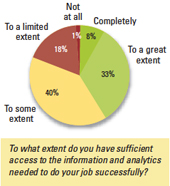
This is the second year that MIT Sloan Management Review has teamed up with the IBM Institute for Business Value in a project we call The New Intelligent Enterprise. Our inquiry into how organizations are turning analytics into competitive advantage comprised conducting a survey of more than 4,000 executives, managers and analysts from around the world and from a wide range of industries. The results of our second annual survey are now in and we’ve begun analyzing the data.
The charts in this preview represent the answers to just eight of the survey’s 27 questions, presented as simple raw data. By the time the full report on the survey is published this fall, the information these charts hold will be combined and refined, and, in many cases, compared with last year’s responses to give you a snapshot of what’s changed since our 2010 survey. But even without that, these initial charts will allow you to do some immediate benchmarking — and see how your organization is doing in relation to your peers.
A few things stand out on these pages. While last year’s respondents said their top business objective was “innovating to achieve competitive differentiation,” this year it’s “growing revenue.” Organizations are also looking at analytics as a tool for strategic decision making, not just for tactical choices and activities. That could affect every part of the organization in some very interesting — and unexpected — ways.
Access to Data Needs Improvement
Only about four in 10 respondents have access to the information they want either to a great extent or completely. The majority are less satisfied with their information access — and almost one-fifth either have limited or no access to the data they need to succeed in their jobs.
Analytics Used for Strategic Decision Making
The top three objectives organizations cited for using analytics are difficult to measure, but they align with organizations’ primary business objectives, suggesting that people are starting to recognize the value of using analytics for strategic decision making.

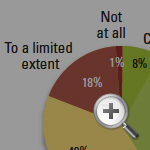
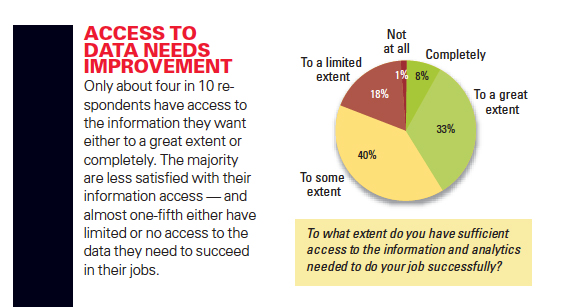
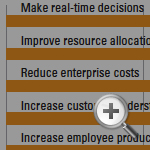
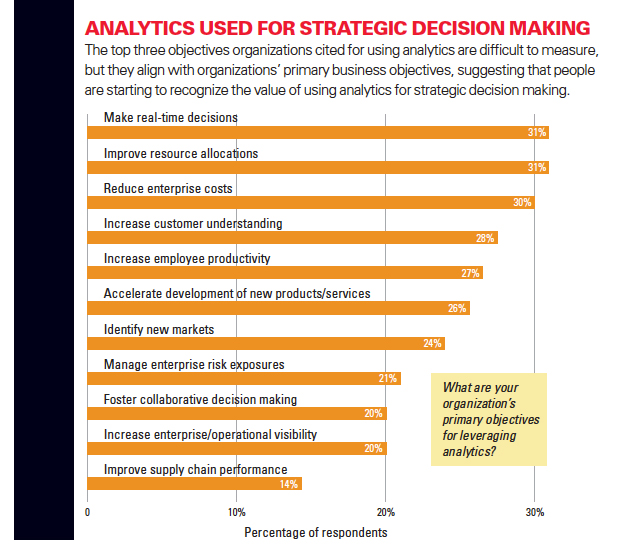
Comment (1)
Siswanto Gatot